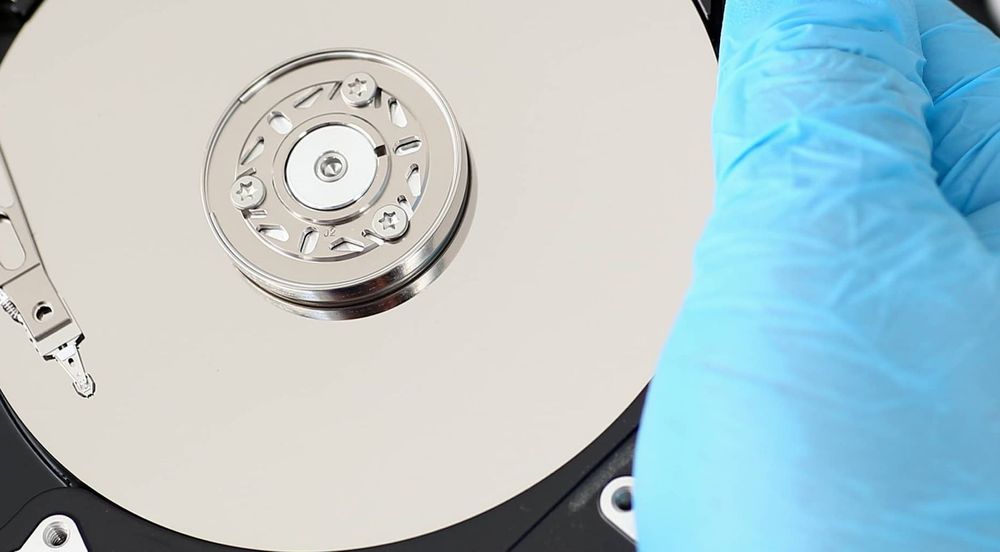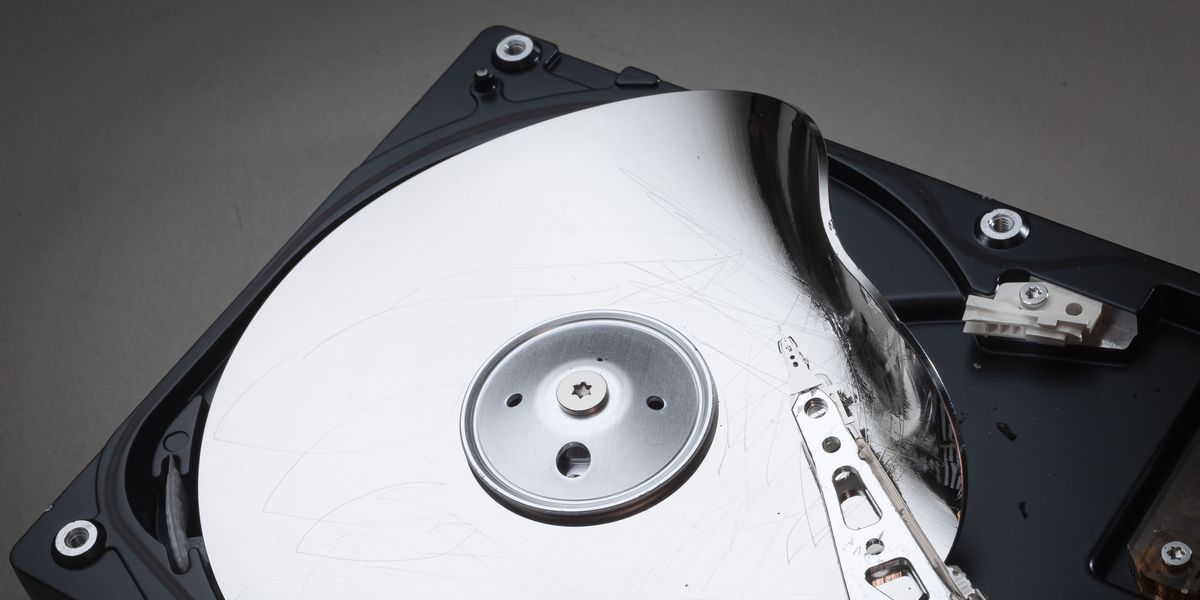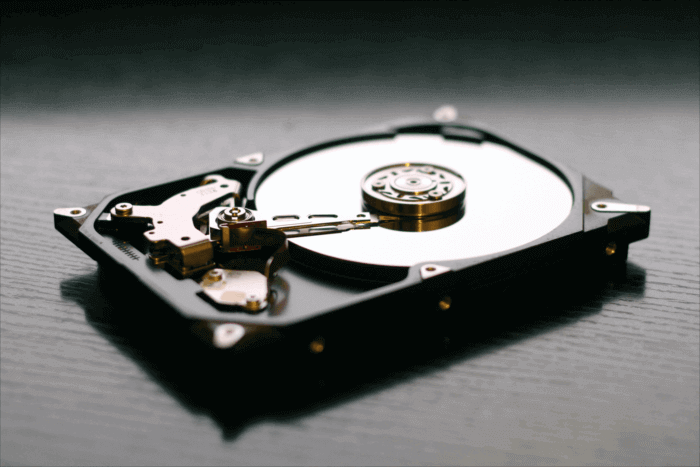Finding Data, Your hard disk is probably dead if it ceases functioning, whether it happens gradually as performance declines or after extended periods of inactivity. The real causes of this issue could include hardware damage, firmware issues, or logical corruption.
While formatting, logical corruptions might happen as a result of hardware problems or power outages. Thus, you can access the drive and use data recovery software to retrieve the data. The recovery of the HDD’s contents is far more challenging in other circumstances. Thus, consulting with expert data recovery specialists is the best course of action.
Read More: 3 Tips for Scaling a Hardware Business Successfully in Pakistan
Explore the Contents
Finding Data, Potential Dead Hard Drive Scenario
Even with severely damaged drive sectors and partition information, your computer can still recognize the hard drive. However, in order to stop further corruption, your system will block any access to the drive. Here, a decent recovery program should be able to extract the drive’s data piece by piece.
The system won’t recognize the hard drive and won’t make any noises if the SATA/power connector is broken or if any circuit components are burned. Here, the circuit from a working hard drive with the same drive model and PCB revision should be used in its place.
Hard drives also have an 8-pin ROM chip, which is used to store the specific calibration configurations for each device. As a result, the old chip needs to be replaced on the new PCB circuit.
Finding Data, Possibility of a dead hard drive
The actuator arm is stuck, which prevents the hard disk from reading data from the platters, which is why it beeps. You could attempt implementing a short-term fix to try and retrieve the data from it.
To stop the beeping, open the drive, place the actuator arm in the parking zone, and then put the hard drive back together. You might then be able to access it by logging into the PC. However this procedure is delicate, and if you don’t take care, you can lose the data.
The device’s internal parts are damaged if it makes a clicking noise. The hard disk should not even be handled harshly, much less attempted to be opened in this situation. The drive must be carefully opened, and all damaged parts must be replaced.
One thing you should be aware of is that none of the procedures that call for tinkering with the hardware actually fix the drive; it will continue to malfunction.

How Can I Get My Info From a Dead Hard Drive?
Finding Data, We strongly advise you seek the assistance of an expert because hardware-level troubleshooting necessitates advanced gear. But, in the event that the hard disk is solely dead as a result of logical corruption, consider employing recovery software first.
Utilize software for recovery
You should attempt attaching the hard disk to your PC as soon as possible. If the computer can still detect the drive, you can use recovery software to retrieve the majority of the data in such circumstances.
- Use an adapter or USB dock to connect the hard drive to the computer.
- Try opening the hard drive partition by launching File Explorer.
- If you have access to the drive, use the standard copy/paste method to backup its contents.
- You should utilize recovery software if you run into any of the following circumstances.
- The drive or partition is not visible.
- When you attempt to open the drive, a prompt stating that you must format the drive appears (make sure to click Cancel on the prompt).
- Pasting text takes much longer than anticipated.
Any recovery method is acceptable. Verify its reliability by first reading its reviews. Remember that free software might not be very effective at retrieving everything. - Finding Data, You can stop this automated mounting using the Disk part Command-line Interface if your computer freezes due to read instability when mounting the drive (CLI).
By pressing Win + R, launch Run.
To launch this CLI, enter diskpart and hit Enter. One at a time, type the following commands, hitting Enter after each one:
disable automount
vehicle mount scrub - If the hard drive is not mounted, as shown by the inability to view it in File Explorer, the recovery program should still be able to access it.
Finding Data, Consult a Rehabilitation Specialist
In a few uncommon circumstances, you might be able to restore the dead drive’s contents despite hardware failure. Whatever the cause of the drive failure, it’s always better to get assistance from qualified recovery specialists.
The person handling these hardware operations needs to be capable and knowledgeable about the process. Moreover, data recovery experts have the necessary tools and recovery labs. They can replace the damaged components of the failed drive with functional ones using these equipment and a sterile lab setting.

Return To Backup
Finding Data, Even an expert may not be able to recover data from a severely damaged hard drive. However, even in cases of minor or moderate damage, the data you recover won’t always be entirely accurate.
Most systems enable synchronizing to cloud storage or making a backup external hard drive. So, if you had previously produced such backups, you could retrieve the data from them. You must visit the company’s website and log in to your account in order to view the cloud data.
How Can Data Be Recovered From a Dead Computer?
Finding Data, If your computer won’t boot, there can be underlying problems with RAM, the Processor, or the motherboard. Your hard drive, however, might still be functional. As a result, it may still be possible to recover data from it.
- Remove the PC’s power cord and all additional wires and accessories.
- Put it on its side with the upward-facing side panel exposed. The back of the side panel typically reveals screws.
- Slide out the side panel after unscrewing them. If you run into any issues, we advise reading the official sources as this procedure can be different for particular CPU situations.
- Find the hard drive, then unplug the connections that link it to the motherboard.
- The drive should then be gently removed after all the screws holding it to the motherboard case have been removed. You might also be able to remove the drive’s screws before removing the wires, depending on your arrangement.
- If a metal bracket is what’s holding the hard disk in place, you can take it out by unscrewing the bracket.
- Finally, connect it to a working PC using a SATA-to-USB adapter or USB disk hub.
- Backup your files to a computer or external storage. You need to utilize recovery software or contact a recovery specialist if you can’t access the drive or recover your data.



